In the real world, there are good people and bad people, just as in the martial arts world, there are righteous and evil factions. This common sense is as fundamental as needing to connect to the internet when playing Honor of Kings. After all, if the martial arts world lacked the struggle between good and evil, the plot would certainly be as dull as eating instant noodles without the seasoning packet.
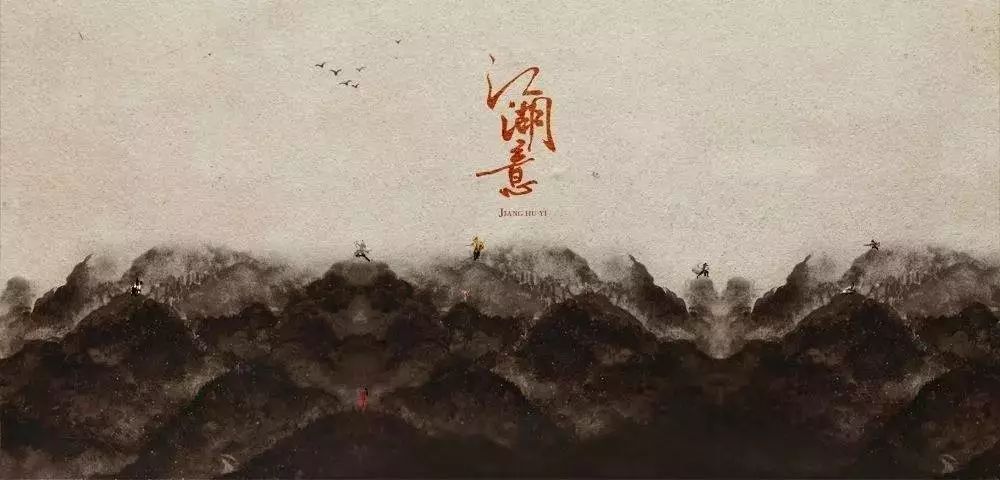
However, after reading so many Jin Yong novels, many people will have such a question: why are the righteous characters often hypocrites, while the evil characters are often generous and just?
Take the novel “The Smiling, Proud Wanderer” for example, characters like Yue Buqun, Zuo Lengchan, and Yu Canghai… the “bad guys” from the righteous sect are as numerous as the remedies after a flu, whereas the neighboring Heimu Cliff has many moving stories that could easily qualify them for the “Top Ten Most Touching Jin Yong Characters” list.

Even the invincible Dongfang Bubai, who is not only passionately in love but also merely keeps Ren Woxing locked at the bottom of West Lake without annihilating him. Especially towards the left-behind child, Ren Yingying, he shows great care, taking on the responsibilities of a father before her teenage years and becoming like a half-mother to her after.

Thanks to the dual nurturing of paternal and maternal love from Dongfang Bubai, Ren Yingying, despite being in a high position as “Saintess”, did not fall into early romance, skip classes, or get tattoos, becoming a problem girl. On the contrary, she grew to be a devoted disciple of the Sun Moon Holy Cult, loving traditional arts and valuing teacher-student relationships.
When martial arts reflects reality, or reality projects into the martial arts world, the chaotic facts repeatedly tell and advise us— the distinction between good and evil is like Hong Kong stocks and A-shares; their rises and falls are only related to the market makers and trends, with little relevance to whether they are Hong Kong or A-shares.

Seeing this, do we suddenly realize how important a practical and feasible standard is? This inevitably reminds one of the current confusion between vehicle networking and smart cars.
These are two concepts with vague standards that are easily confused, akin to the sweet relationship between Xu Zhu and Meng Gu, leaving the onlookers utterly perplexed.
Some say, being able to access the internet in a car means it is an internet car. So if I play a game in the passenger seat of a three-wheeled agricultural vehicle, does that mean the agricultural tricycle has also embarked on the great journey of vehicle networking?
Others say, a car with a large screen is a smart car. Then, if a Santana 2000 has a 16-inch screen installed in the auto parts city, even if the installation guy damaged the central console, does that mean that the neighbor Wang’s Santana 2000 has already “snatched” the intelligence from Tesla?
This is no joke; it precisely reflects the confusion many car enthusiasts have regarding vehicle networking and smart cars. In fact, the relationship between the two is like an elephant and a refrigerator.
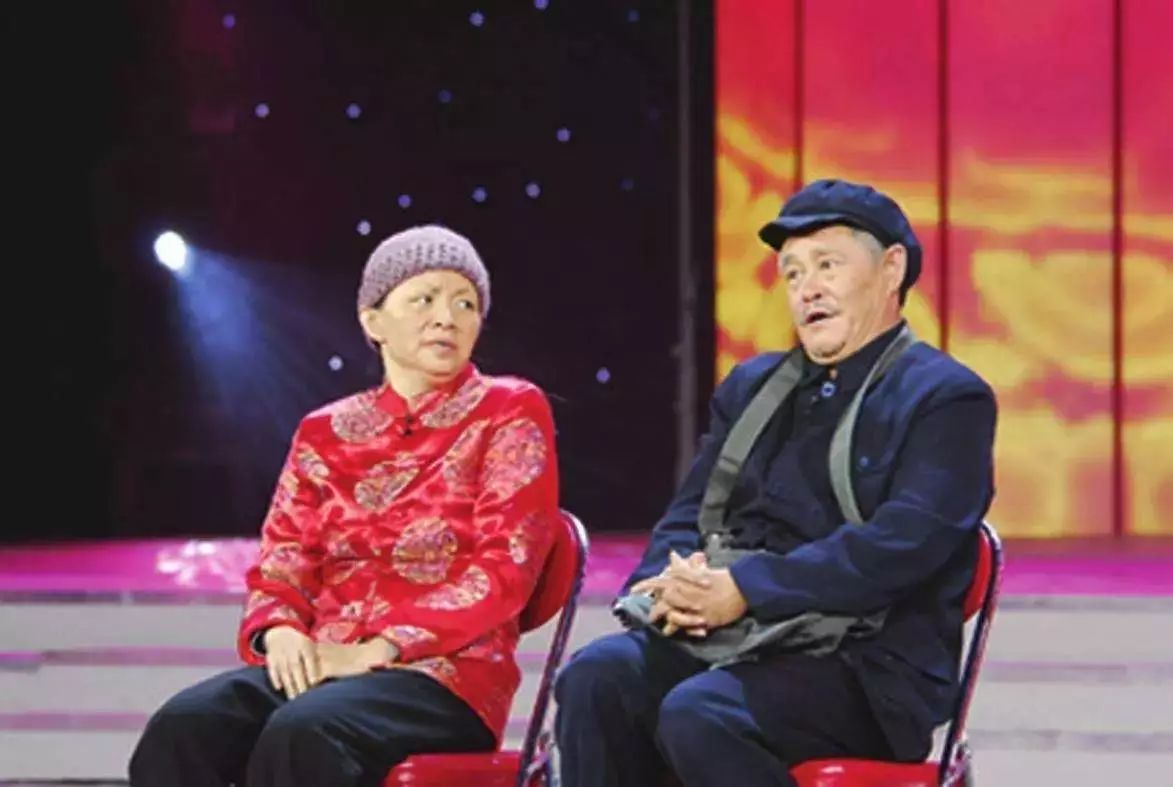
Facing the great mystery of the world, “How many steps does it take to put an elephant into a refrigerator?”, Ms. Baiyun cleverly used just three steps to put the elephant inside. Although this is just a skit, it provides us with a perspective to view the analogy between vehicle networking and smart cars.
If we say that a smart car is like an elephant already inside the refrigerator, then vehicle networking is that refrigerator capable of holding the elephant.
However, reality reveals another awkward scenario.
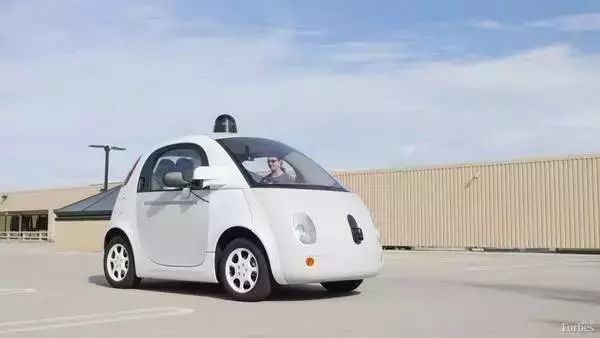
On one side, there are Tesla, Google, and Apple promoting autonomous driving vigorously, while Baidu has launched an open-source autonomous driving plan called Apollo. Some netizens jokingly said that Baidu seems to be planning to automatically navigate car owners to the hospital.

Under the strong and repeated advocacy of IT giants, many netizens are so optimistic about autonomous driving that it seems that when they wake up the next morning, there will be an autonomous vehicle waiting for them at the door, and there are no license plate restrictions that day.
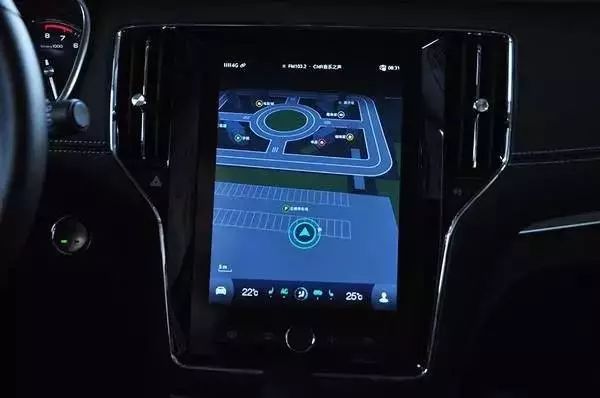
On the other hand, cars have only just entered the “on-ramp” of the “information superhighway”, just connected to Alipay, just connected to drones, just experiencing the convenience of Gaode’s car machine version of maps, and just learned through big data that they share the same hobbies as Qiao Shan’s car owner group…

As people chase after the “elephant” of smart cars or autonomous driving, preparing to push the “elephant” into the “refrigerator”, they suddenly realize that the “elephant” is walking so slowly, while the “refrigerator” has just come off the production line.
This is also why, at the recently concluded 9th China Automotive Industry Blue Book Forum, Dr. Jia Ke posed a profoundly meaningful question: What is the true vehicle networking?
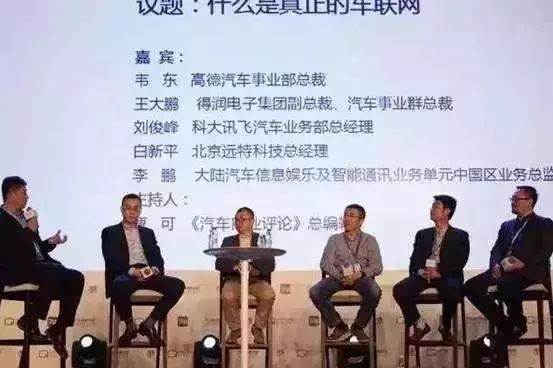
Mr. Wei Dong, president of Gaode Automotive Division, provided his answer: “To truly talk about vehicle networking, it should be suggested to change to automotive internet. The key lies in the internet. The current discussion on vehicle networking can be divided into two levels: one is the so-called technology of vehicle networking, and the other is the so-called service of vehicle networking.”
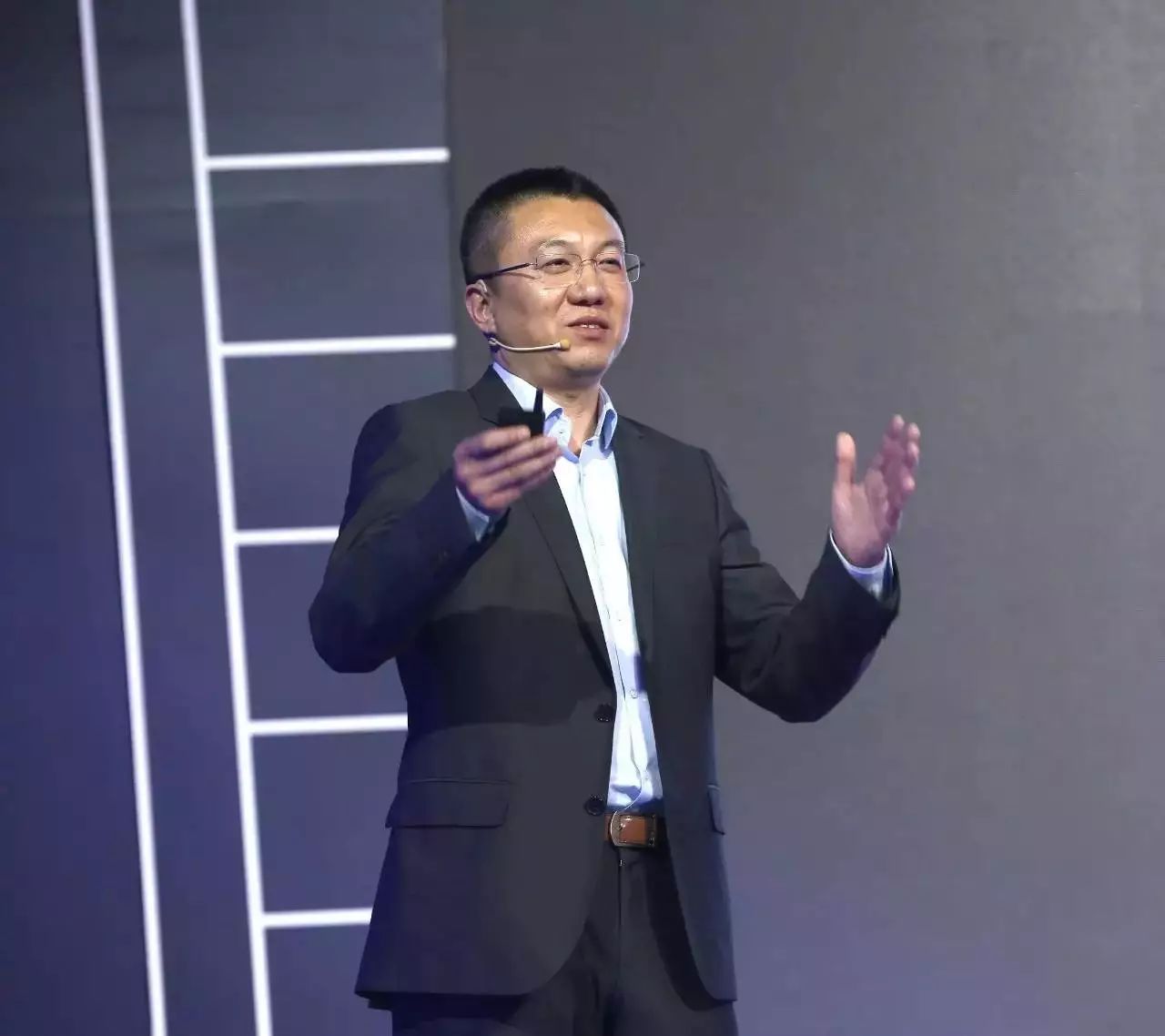
Following this, Mr. Wei Dong proposed the “three stages” of vehicle networking, succinctly analyzing the current stage of vehicle networking: “In fact, vehicle networking has reached the second stage today; originally, cars were not connected. The second stage is for cars to first connect to the internet, and the third stage is to extract sensors, including the intelligent operating system, to utilize big data capabilities, thus truly entering the automotive internet.”
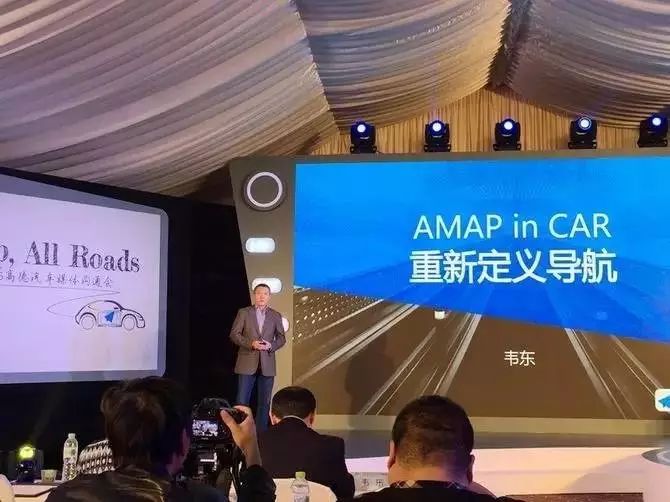
If Mr. Wei Dong’s “three stages” were shown to Jin Yong fans, they would probably think of the national first-class protected animal’s good friend—Dugu Qiubai.

Interestingly, the process of Dugu’s sword practice is from having no sword to having a sword and then to having no sword. For example, the first stage of “no sword” is because he has not yet learned to sword. That year, we might have been dialing up to connect to the internet.
The second stage is “having a sword”; Dugu’s various good swords are like the numerous girlfriends Wang Sicong has had, such as the nameless sword, the Ziwai soft sword, the Xuan iron heavy sword, and the rotting wood sword. This stage is very similar to vehicle networking, where the connectivity deepens, and cars become increasingly powerful!
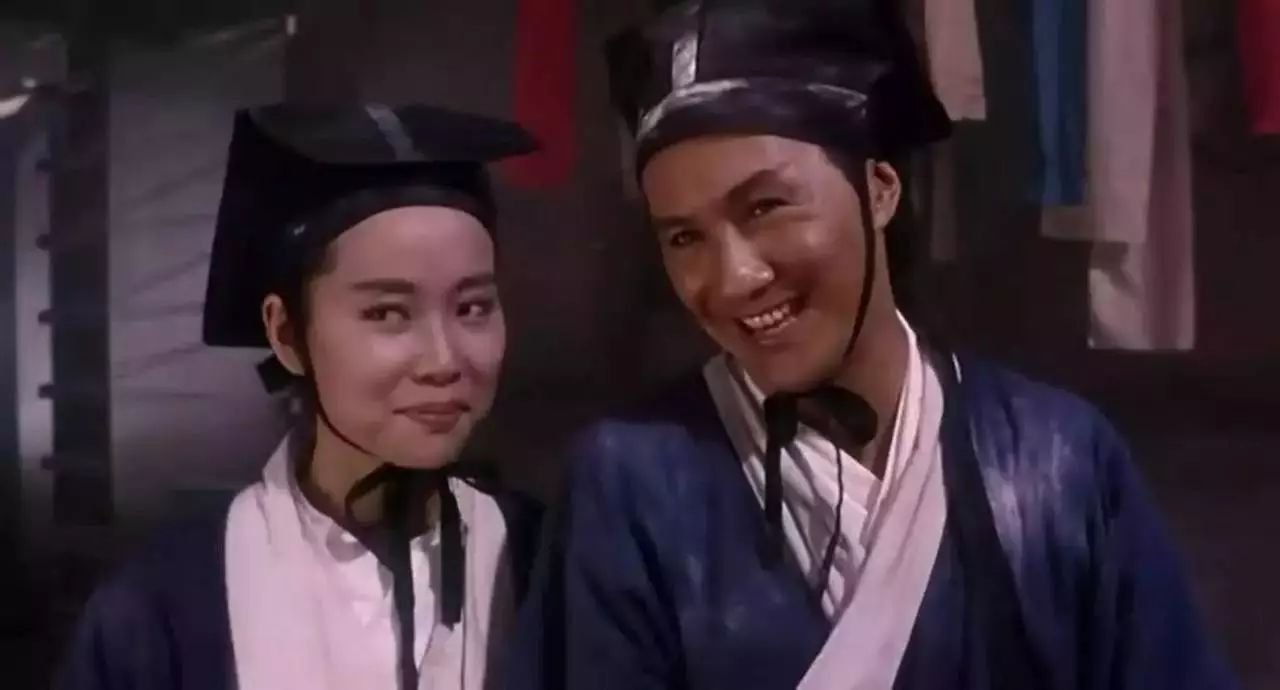
The third stage is without a sword; Dugu Qiubai creates the “Dugu Nine Swords”, which is without sword and without move, a top-tier martial arts secret. This is almost what Mr. Wei Dong describes as the third stage of vehicle networking, where we sit in the car, and perhaps with just a thought, the car can take us to Haidilao or some indescribable places.
In reality, whether it’s the rise of in-car large screens in recent years or the main manufacturers’ free policies for in-car data, all confirm the objectivity and precision of Mr. Wei Dong’s judgment that “vehicle networking is at the second stage”.
And the “second stage of vehicle networking” is like a house waiting for renovation; we need to paint, build a TV wall, buy furniture, and of course, buy a refrigerator.
Clearly, the most important mission at this stage is the construction of the “service ecosystem”, which has become Gaode’s unquestionable strategic direction.
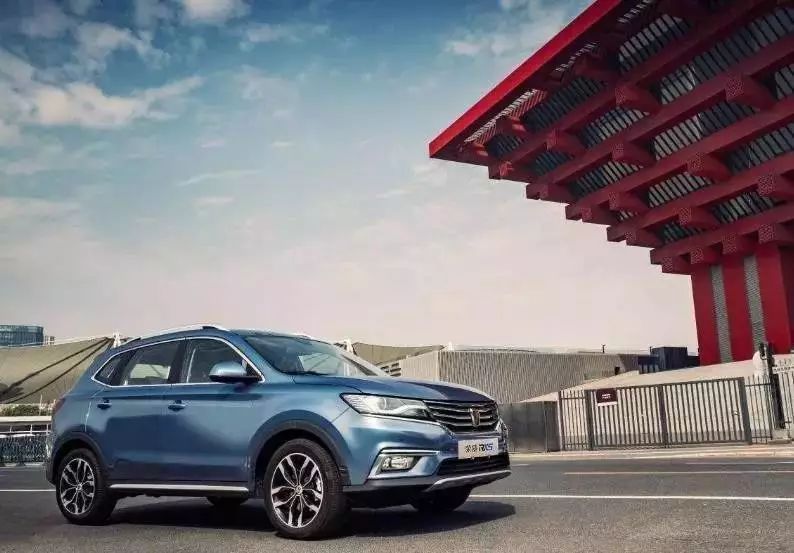
For example, the world’s first mass-produced internet car—the Roewe RX5 is equipped with the Alibaba YunOS in-car system. The biggest feature of this system is “de-APP-ification, where the map is the desktop”; users do not need to sift through a pile of complex apps, but rather “services find you”, where the needed applications and services pop up on the map.
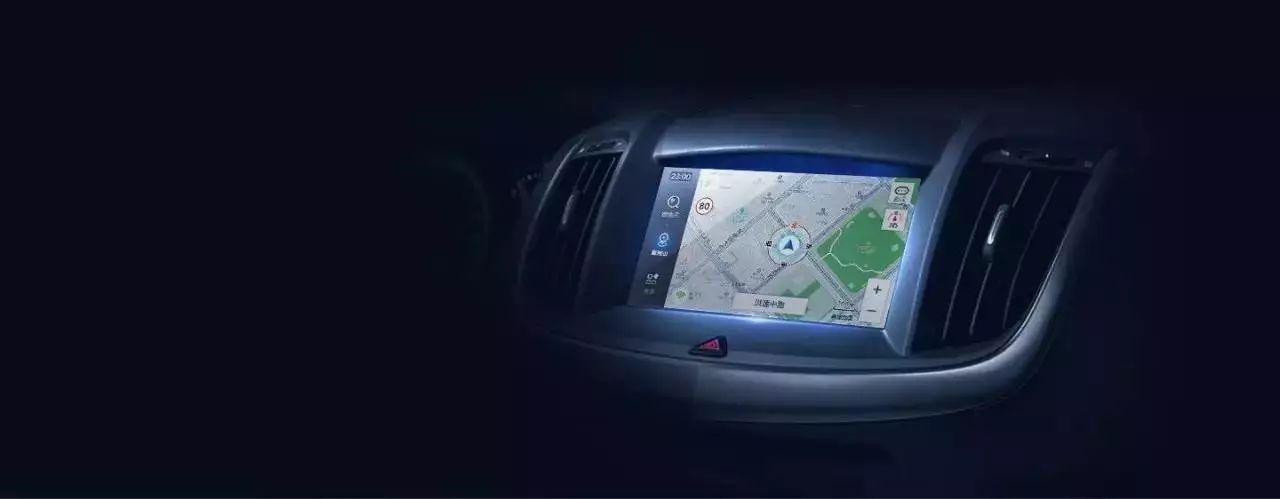
This magical map is the “Gaode Map Car Machine Version”, which gives the Roewe RX5, Roewe i6, and MG ZS unique product innovation points, already recognized by the industry and becoming a model for imitation.
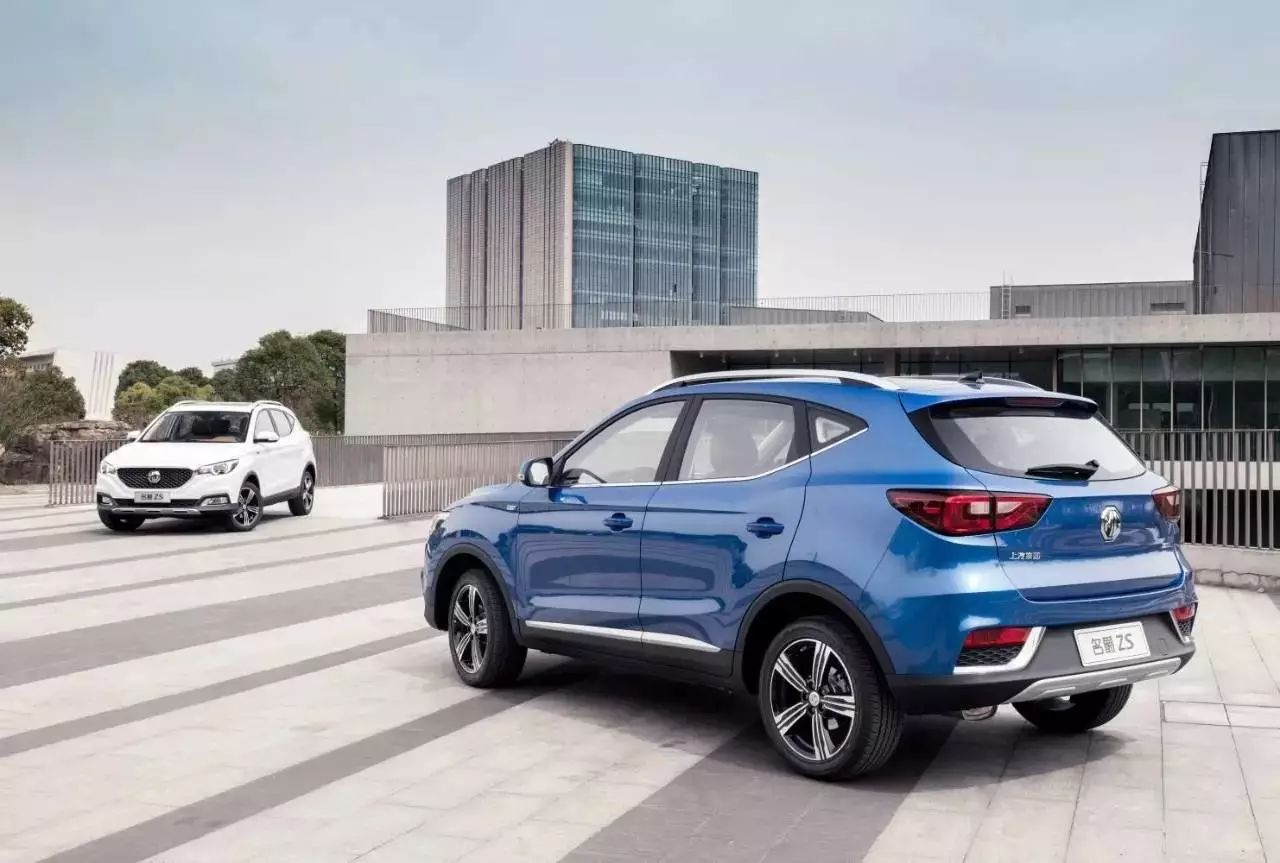
Data shows that in April, the total sales of the “three internet horses” Roewe RX5, Roewe i6, and MG ZS reached 32,812 units. Driven by these three hot-selling “internet cars”, SAIC passenger cars’ total sales in April reached 41,607 units, a year-on-year increase of 138%, far surpassing the slight growth trend of the market.
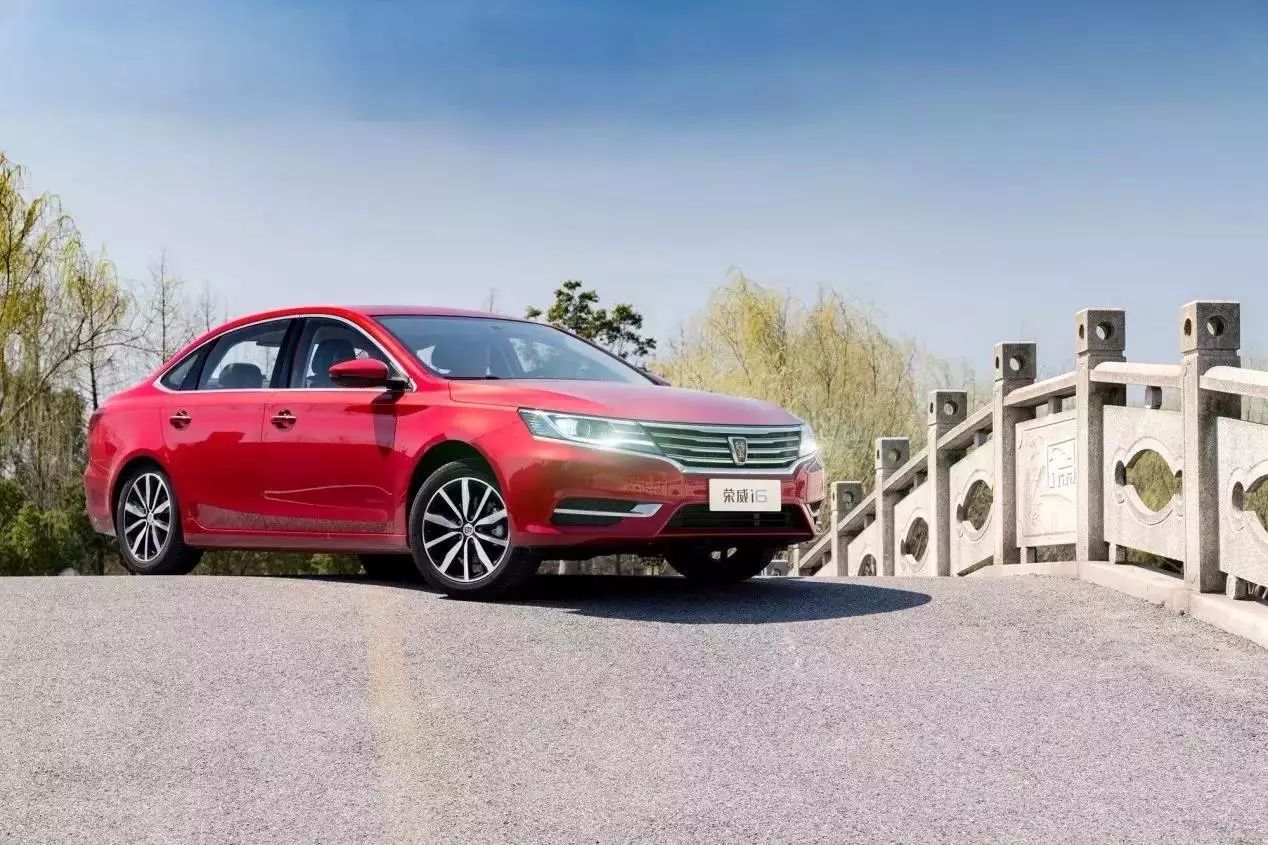
Of course, this is not Gaode’s first time showcasing its prowess. On April 19 this year, Gaode Map, along with its vehicle networking, autonomous driving maps, traffic big data, and open platform business, appeared at the 17th Shanghai International Automobile Industry Exhibition and released the “Four-Wheel Drive Strategy”, announcing that it would provide comprehensive internet solutions to the automotive industry.
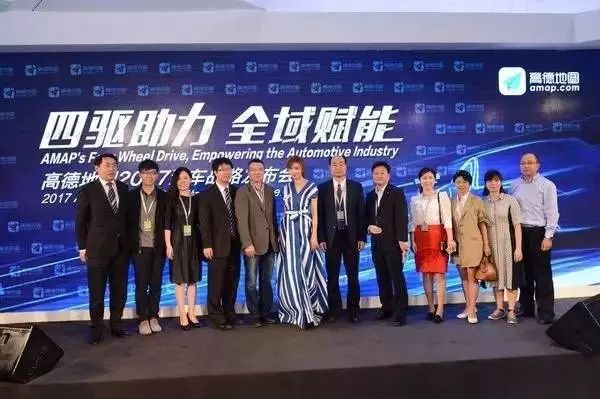
Whether it’s the Gaode Map Car Machine version, the travel predictions based on traffic big data, or the open platform providing technical solutions for special vehicles, or even providing precise analysis and marketing suggestions for 4S stores, all of this revolves around a single “service”. Moreover, the “service” system constructed by Gaode is not a point but an ecosystem.
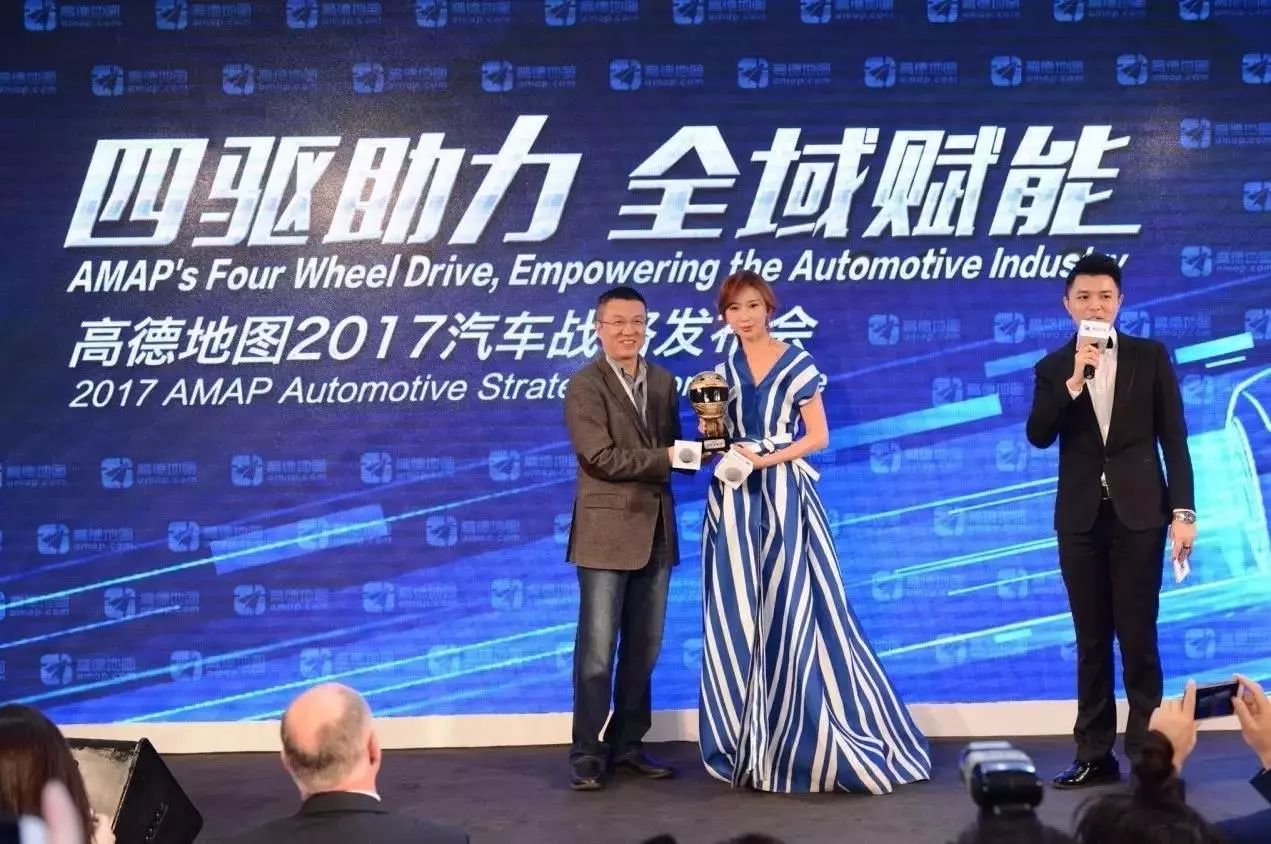
In Jin Yong’s novels, “getting lost” is a key plot twist just like “amnesia” in romance novels. For example, Zhang Wuji got lost in a cave and gained the “Nine Yang Divine Skill” from an old ape; Yang Guo got lost in the Ancient Tomb Sect and met the beekeeping Granny Sun…
Their fates were all enhanced by getting lost; perhaps martial arts novels need “getting lost”, but in real life, we need precise navigation services. After all, whether in the martial arts world, life, or smart cars, the road is walked step by step.
After all, the more we walk, the better we learn to run.